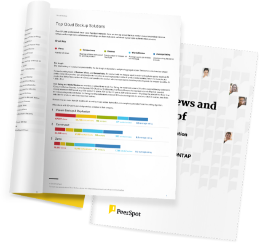My advice to others would be that Drupal is not only a CMS, you need to learn the Drupal fundamentals before to start the project. Drupal is a handy tool whenever you work on a digital infrastructure broad project and not only a simple website. So if you have a big project, you can use Drupal. But if you have a small website, like a blog or simple website, my advice would be not to use Drupal, because Drupal is too complex and the cost to maintain the platform can be too high, related to the value of your website, for example. If you have a website with a big product catalog, for example, in many languages and in many countries in the world, then Drupal is good. But if you have a simple website, like a portfolio or five page-website, you can use many other technologies that'd be simple to maintain and implement. On a scale from one to 10, I will rate Drupal an eight. In the next release, I would like to see basic page buttons and better integration with the analytics platform. A drag and drop function to create simple pages will also be handy. For example, if a customer wants to create a landing page, it should be easy for him or her to do so. I would also like to see better translation management.




